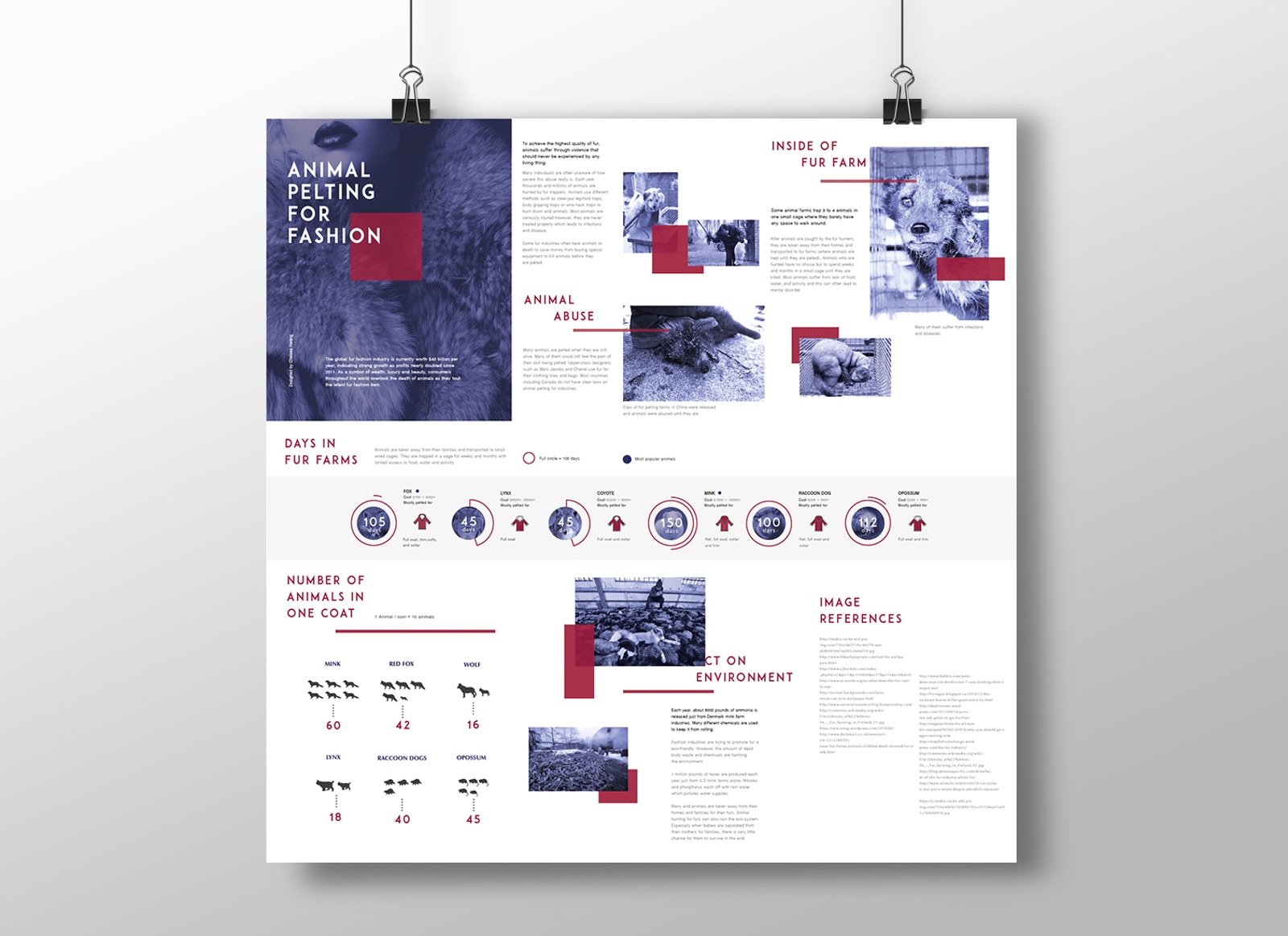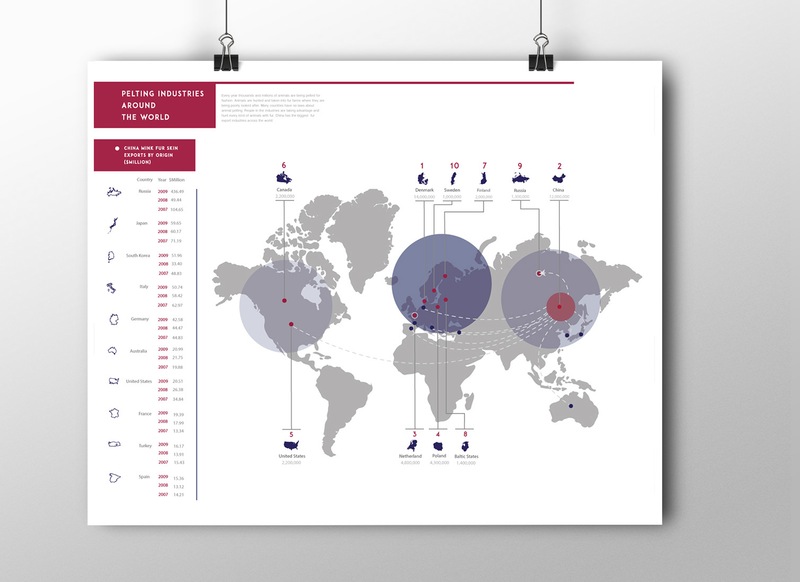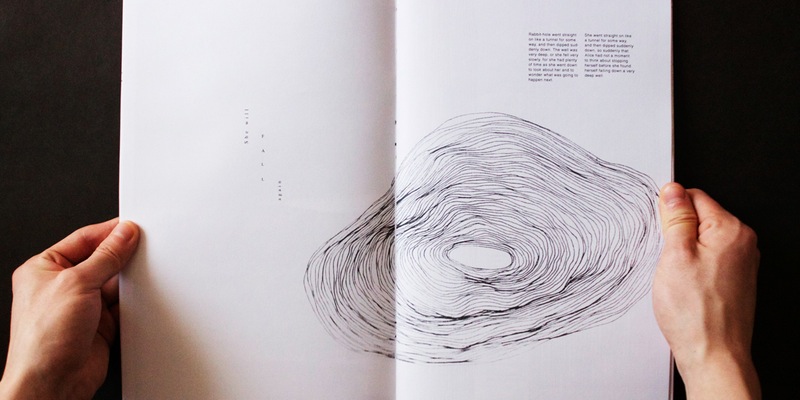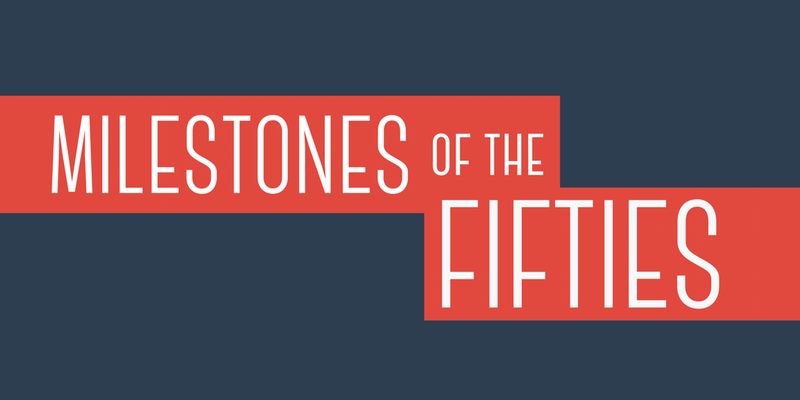
Behind fur fashion, the reality of animal cruelty is often unnoticed in an increasingly materialistic world. Being aware of this, I took the opportunity to design an infographic poster that could inform an audience about this serious issue.
The global fur fashion industry is currently worth $40 billion per year, indicating strong growth in profits nearly doubled since 2011. As a symbol of wealth, luxury and beauty, consumers throughout the world overlook the death of animals as they tout the latest fur fashion item.
Many mammals have become targets of fur/fashion industries for far too long. Animals such as lynxes, wolves, minks, foxes, cats, and dogs are sacrificed for our daily wear. Essentially, animals that are caught by hunters are separated from their natural habitats and are brought back to fur factories where they are trapped in small cages without food, water or activities. Animals are kept in poor conditions for months, which often causes mental disorder, disease, and infections. Unfortunately, this dirty truth behind fur fashion is not what we as human beings, care enough about.
Many individuals are often unaware of how severe this abuse really is. To achieve the highest quality of fur, animals suffer through violence that should never be experienced by any living thing. Interestingly, many producers within the fashion industry try to promote animal fur as ‘eco-friendly’ for marketing upsides. Through this infographic piece, I am educating my audience about some hidden truths of animal pelting.
At first, I started the project by engaging in detailed research through readings, articles, and documentaries. I gathered a wide range of information and narrowed down my focus to the content that I wanted to communicate. During this process, I used sticky notes to decide which areas of the issue to focus primarily on while identifying the importance of certain pieces of information.
Throughout my research process, I decided to focus on the process of animal pelting, different pelting techniques, and the environmental impacts of animal pelting. I also looked into the different fur factories and trades around the world.

I faced a lot of design challenges while creating this poster. My challenge was incorporating highly disturbing, violent, and sensitive graphics to design an infographic that would not overwhelm or turn down an audience. To overcome this challenge, I explored different solutions; like creating my illustrations for each scene or omitting some aspects of images that would be too graphic for some audience members. However, these adjustments would have taken away the impact of the message behind these images. In the end, I came up with a solution that encourages an audience to focus on the information more. This is because, with the change in color tone to blue and purple, the images are still delivering a message (animal cruelty) without being too disturbing. Therefore, audience members can still focus on the information that is being presented.
Also, to help the audience consume large amounts of information, the layout is structured into a four grid system and categorized into different sub-topics within the grid. The simple, structured layout and the infographic of the world map allows the audience to easily absorb the reality and issue of animal pelting.



